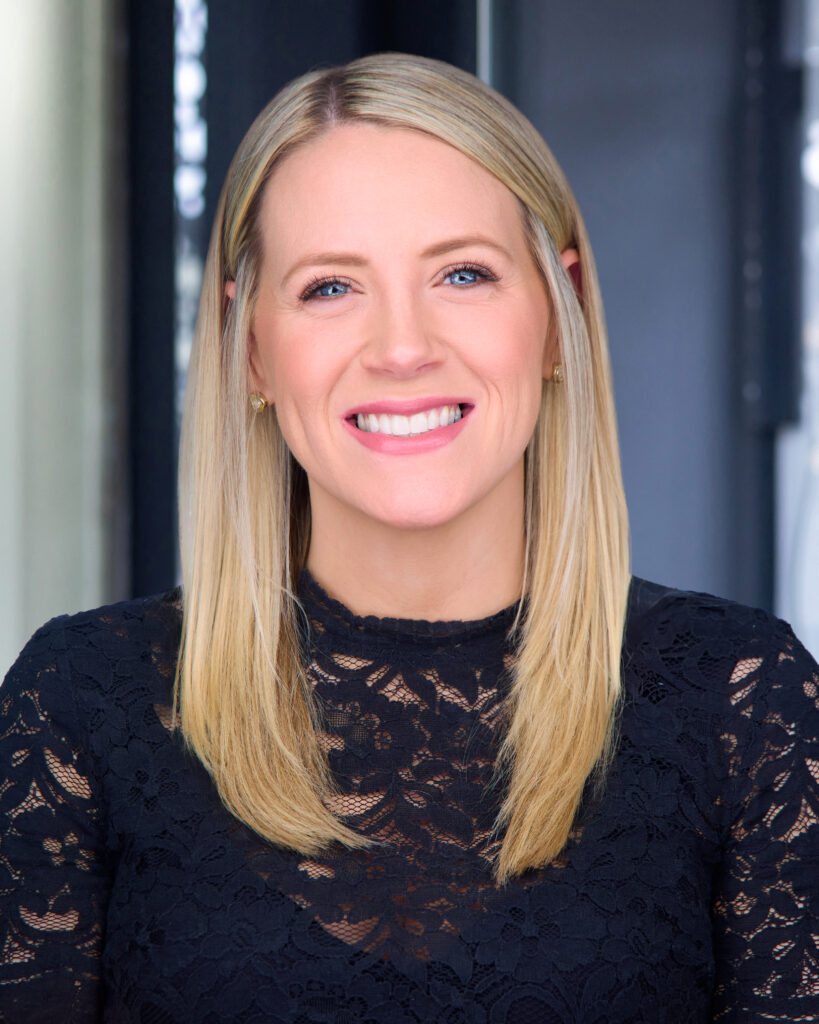
This Best HR Teams in America award, presented by the Best Companies Group, recognizes the top-performing Human Resources teams across the United States who have demonstrated exceptional leadership, innovation, and impact on their organizations. From small startups to large corporations, these teams have set the standard for excellence in HR practices and have contributed to the success of their companies. In honor of the award, our Director of Talent & Culture Sarah Taylor Holcombe, SHRM-CP, and Human Resources Manager Christina Steuerwald, SHRM-CP, recently sat down for an interview to discuss their methodology:
As an HR leader, how do you personally ensure that your HR initiatives are aligned with the organization’s vision and values, fostering a cohesive team environment?
Maxwell Locke & Ritter does a great job of living out our core values daily. For us, they’re something we openly talk about and hold each other accountable to. We ask ourselves questions like, “Does this candidate share our values?”, “Does this client share our values?”, and “Does this program speak to our values?” Honoring our values is so ingrained in our culture, it makes it easy to ensure that our talent initiatives align with the firm’s values and vision.
What specific strategies do you employ to cultivate a culture of trust and open communication within your team, actively encouraging participation and engagement from employees?
At ML&R, one of our core values is encouraging a culture of open and transparent communication and feedback. Team members are encouraged to share feedback and challenges with firm leadership. In return, our firm leaders are transparent, sharing financials bi-annually and keeping everyone informed about strategies, initiatives, and changes. This communication aligns our initiatives with the organization’s values and fosters buy-in and participation.
In your experience, how crucial is effective onboarding and continuous training in building a highly engaged workforce? What steps do you take to ensure seamless integration and long-term employee satisfaction?
The quality of our onboarding program significantly impacts employee satisfaction, engagement, performance, and retention. We’ve improved the program by creating comprehensive schedules, setting clear expectations, and covering all job aspects. We offer supplemental resources for reference and enhanced mentorship programs. Cultural immersion elements like one-on-ones, meet and greets, social events, and an employee connection group are included. We prioritize downtime between sessions and utilize diverse training methods. Positive feedback from new hires and existing team members demonstrates improved performance and retention. Our recent investment in an L&D specialist shows our commitment to further enhancing onboarding and learning infrastructure.
What strategies do you personally employ to gather regular employee feedback and ensure that their voices are heard, fostering a sense of ownership and empowerment among the workforce?
Over the years, ML&R has used various feedback collection methods, including an external employee engagement survey, internal experience surveys, stay interviews, and upward feedback surveys. Our leaders’ response and application of this feedback is crucial in fostering our firm’s culture. Informal feedback is valued, and we encourage our people to share ideas and challenges, aiming to create an environment where everyone feels comfortable approaching anyone in the firm, knowing they’ll be heard and supported.
How do you approach change management and navigate organizational transitions to minimize disruption and maintain high employee engagement, particularly during periods of uncertainty?
At ML&R, we prioritize early communication of changes, involving employees in shaping them whenever possible. If a challenge or area of opportunity has been identified, we often form a small, cross-departmental team to help create solutions. If it’s a change from leadership, we sometimes leverage surveys allowing team members the chance to weigh in on what the final decision looks like. While maintaining ongoing communication before, during, and after changes, we also use various types of channels, such as virtual and in-person meetings, emails, Teams, and one-on-ones to ensure effective communication. We provide background and highlight the benefits for team members and the firm. During uncertain times, we share what we do and don’t know, outline our approach, and offer support and reassurance. For example, during the pandemic, regular virtual firmwide meetings provided updates, financial reassurances, and support, leading to increased confidence among team members. As a result, meeting frequency was scaled back while maintaining trust and care for our team.
Congratulations, team!


